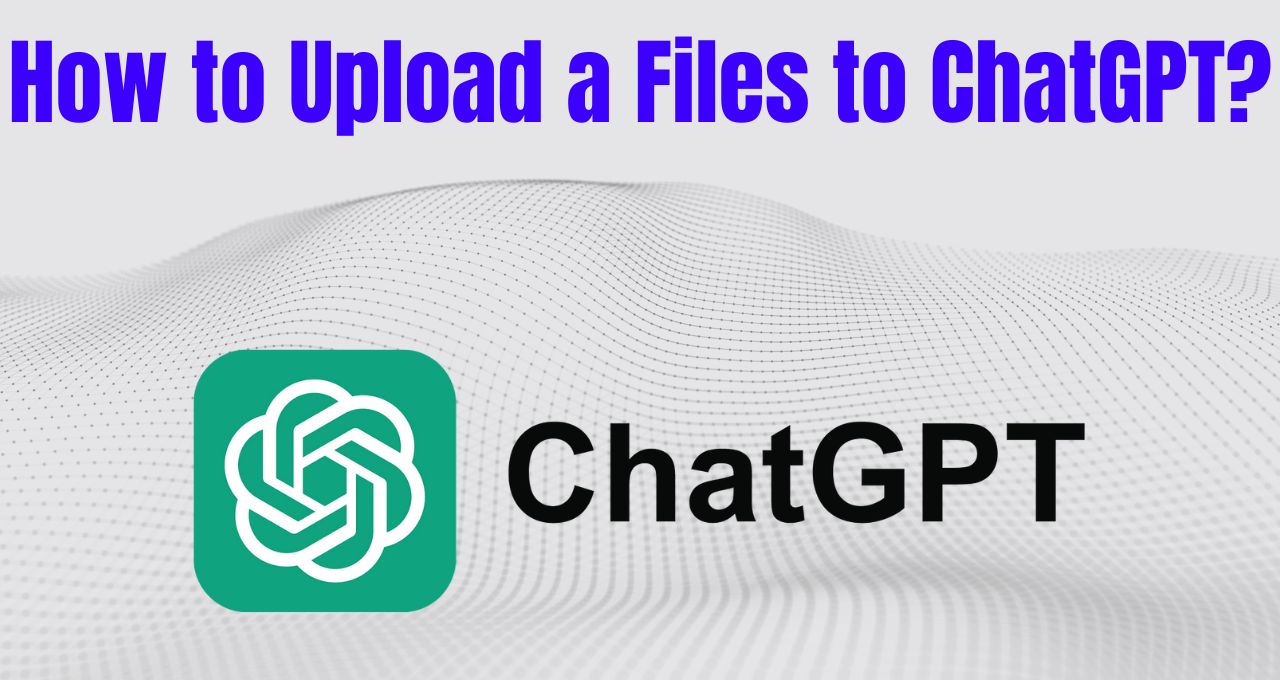ChatGPT is a multifunctional tool that can summarize difficult subjects for you, generate movie concepts with you, and even produce code in several programming languages. For a considerable amount of time, however, the OpenAI-created AI chatbot was unable to access and read images, documents, and other types of files.
The list of AI chatbots is long and expanding, including Google Gemini, Microsoft Copilot, Claude.ai, Perplexity, Dall-E, Midjourney, and others. This is also true of other generative AI technologies. Together, they have the power to completely change how you work, how you obtain information, and how businesses operate. But ChatGPT was where it all began.
There was a time when ChatGPT could not evaluate data from files such as PDFs or Excel spreadsheets. Without uploading anything, you would have to manually type the data from the document into the chat thread.
However, it is no longer the case. The most recent version of ChatGPT, ChatGPT-4, allows you to upload any file from your smartphone. Continue reading to find out who can upload files, why you should, and how. Here’s all the information you require.

Exactly who is able to upload files to ChatGPT?
As of right now, you must purchase ChatGPT Plus in order to upload a file to ChatGPT. For $20 a month, you may access ChatGPT-4 and the newest features, such as file uploading, by subscribing to ChatGPT Plus.
Open the ChatGPT app on your phone, navigate to the side panel on the left, hit the three dots at the bottom of the page, select Subscription, and pay to upgrade to ChatGPT Plus. On your PC or tablet, you can also subscribe to ChatGPT Plus.
In any case, why would you want to upload files to ChatGPT?
Any type of file that you submit, including photos, research papers, Excel spreadsheets, and PowerPoint presentations, can be analyzed by ChatGPT-4.
You can request that ChatGPT produce a visual graph of the figures if you upload a spreadsheet with financial data, for instance. You can ask ChatGPT to proofread and fix any errors in a PowerPoint presentation you uploaded for school, as well as provide topic input. If your research paper is complex, you can ask ChatGPT to provide you with a concise synopsis to peruse, along with a list of headlines and important points in bullet form.
Additionally, you can ask ChatGPT to describe something in a photo or to provide you with building instructions for anything you’ve taken pictures of. There is no limit to what you can ask ChatGPT for. It is your responsibility to determine precisely what you want ChatGPT to do with your files.
Consider your privacy before uploading any files to ChatGPT.
Try not to upload any files containing sensitive personal information, such as your Social Security number, address, bank records, or phone number, to ChatGPT as they will be kept on file indefinitely and could be used by OpenAI to train its models.
It’s also possible for someone else to obtain your personal information, so only upload files containing data you don’t mind being accessible to others.
It goes beyond privacy. Think about accuracy as well. You should confirm that the chatbot is precisely proofreading, summarizing, or explaining as you would anticipate because ChatGPT may provide incorrect replies and its dataset may not have the most recent information.
How to use ChatGPT to upload files?
The simple part is about to begin: File uploading to ChatGPT. Launch ChatGPT, start a new chat, and click the + sign to the left of the text field to see your uploading options—as long as you are paying for the premium subscription. Beginning on the far left, you are able to:
- Allow ChatGPT to use your camera, then snap a picture from within the app.
- Picture from your camera roll to upload
- Use the Files app to upload a file.
After uploading a file or files, type your prompt below and press the send button. After analyzing your file, ChatGPT will respond to your query.
